Overview
Map
Other Details
كنيسة السيّدة الجديدة
Sarba En-Nabatieh
Nabatieh
Nabatieh
كنيسة السيّدة الجديدة - صربا الجنوب بُنيت الكنيسة سنة ١٩٤٦ وكرّسها المطران أغوسطينوس البستاني. بناؤها بازيليكيّ الطراز بثلاث أسواقٍ وحنية نصف دائريّة. رُمّمت الكنيسة بعد زلزال سنة ١٩٥٦، وأُضيفت إليها قبّة الجرس. تضمّ الكنيسة أيقونةً أورشليميّة عجائبيّة للسيّدة العذراء وهي التي حمت الأهالي خلال الحرب العالميّة الأولى. The new Church of Our Lady - Sarba, South Lebanon. The church was constructed in 1946 and consecrated by Archbishop Augustine el-Boustany. This basilical church features three naves and a semi-circular apse. Following the earthquake of 1956, the structure underwent restoration, and a bell tower was subsequently added to the church. Notably, the church houses an icon of the Theotokos from the school of Jerusalem, which is believed to possess miraculous properties. According to the local community, this icon protected the village during World War I, serving as a source of divine intervention and safeguarding.
Visited 4359 times, 3 Visits today




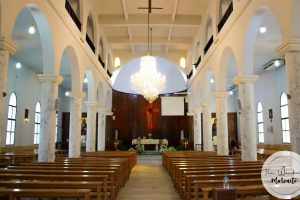
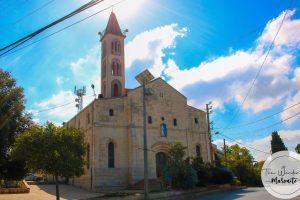
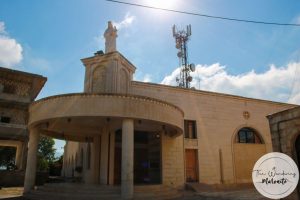
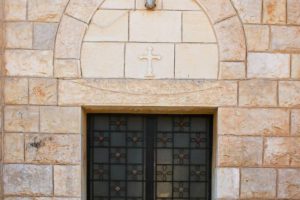
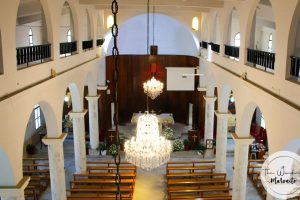






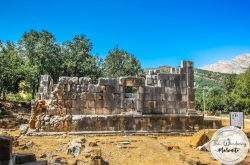
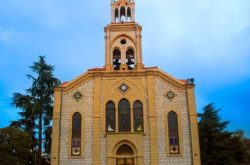
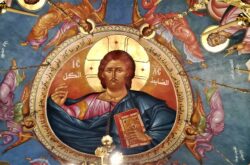
Reviews are disabled, but trackbacks and pingbacks are open.